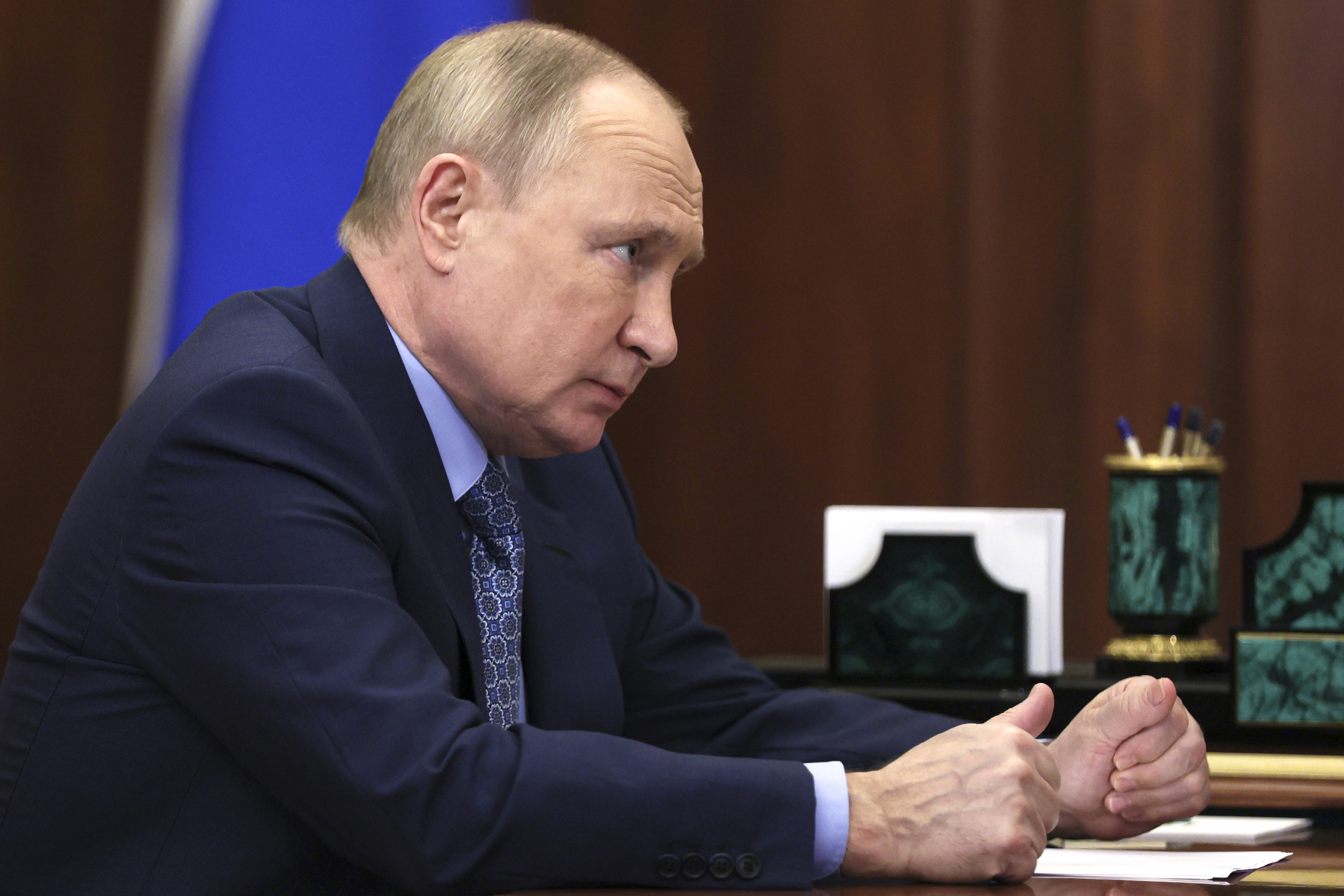U.S. quietly approves more aid as Ukraine braces for ‘chemical and biological’ attacks

The United States has been quietly granting Ukraine’s request for protective equipment against a possible chemical weapons attack from Russia, four administration officials told POLITICO.
The U.S. and its Western allies fear Russian President Vladimir Putin will order the use of chemical weapons to break Ukraine’s stiff resistance. In turn, the Kremlin has leveled baseless accusations against the U.S. and Ukraine about bioweapons and chemical attacks, leading U.S. officials to fear Russia is plotting a false flag operation.
Meanwhile, the U.S. is rushing to provide Ukrainian civilians with gas masks, hazmat suits and other materials, though Kyiv could decide to send this protective gear to its military. How much has already been sent or the U.S. plans to send in total, though, remains unclear.
“The U.S. Government is providing the Government of Ukraine with life-saving equipment and supplies that could be deployed in the event of Russian use of chemical and biological weapons against Ukraine, a spokesperson for the National Security Council confirmed to POLITICO in a written statement. “This assistance does not compromise our domestic preparedness.”
The process to get personal protective equipment, known as PPE, to Ukraine is a classic interagency tangle. The Department of Health and Human Services is providing the equipment, with two officials saying some of it is coming from the Strategic National Stockpile.
The U.S. Agency for International Development, whose Administrator Samantha Power traveled to Poland in February, then sends the assistance through existing supply lines into Ukraine and reimburses HHS for the equipment. As USAID is involved, the PPE must be for civilian — not military — use. The intended destination for the materials is Ukraine’s Ministry of Health, which made the request for assistance of the U.S. and its allies.
Whether the Ministry then provides the PPE to Ukraine’s military is a local decision.
The Pentagon also stands ready to assist, one official said, but its role in the process remains unclear.
The American effort dovetails with similar assistance from allies. Speaking one day before the March 24 extraordinary NATO summit, Secretary General Jens Stoltenberg said he expected members to provide “equipment to help Ukraine protect against chemical, biological, radiological and nuclear threats.”
The next day, however, President Joe Biden refused to reveal whether the U.S. had intelligence about Russia’s plans to use chemical weapons. He did say America would respond if Putin ordered his military to deploy them. “We would respond if he uses it. The nature of the response would depend on the nature of the use,” Biden said. “It would trigger a response in kind,” he added, suggesting the U.S. might launch chemical weapons of its own in response. The administration has since said that’s not what he meant.
The administration has convened a so-called Tiger Team to outline how the U.S. would respond in case of chemical, biological or nuclear use, one official said, noting they meet regularly to update plans based on realities on the ground. This team plays a part in deciding what equipment — and how much — should go into Ukraine.
Even if Moscow doesn’t launch chemical weapons, the mere presence of Russian troops in Ukraine poses biological concerns.
Some Russian troops holding Chernobyl, the site of one of the world’s worst nuclear disasters, reportedly suffered acute radiation sickness. Its army’s vehicles also stirred up buried radiation in the soil surrounding the nuclear plant, the head of the United Nations’ International Atomic Energy Agency said Friday.
That could go a long way in explaining why Russian forces are now leaving the facility and moving to Belarus, Ukraine’s nuclear energy operator, Energoatom, announced Thursday in a Telegram post.
Go To Source
Author: POLITICO

